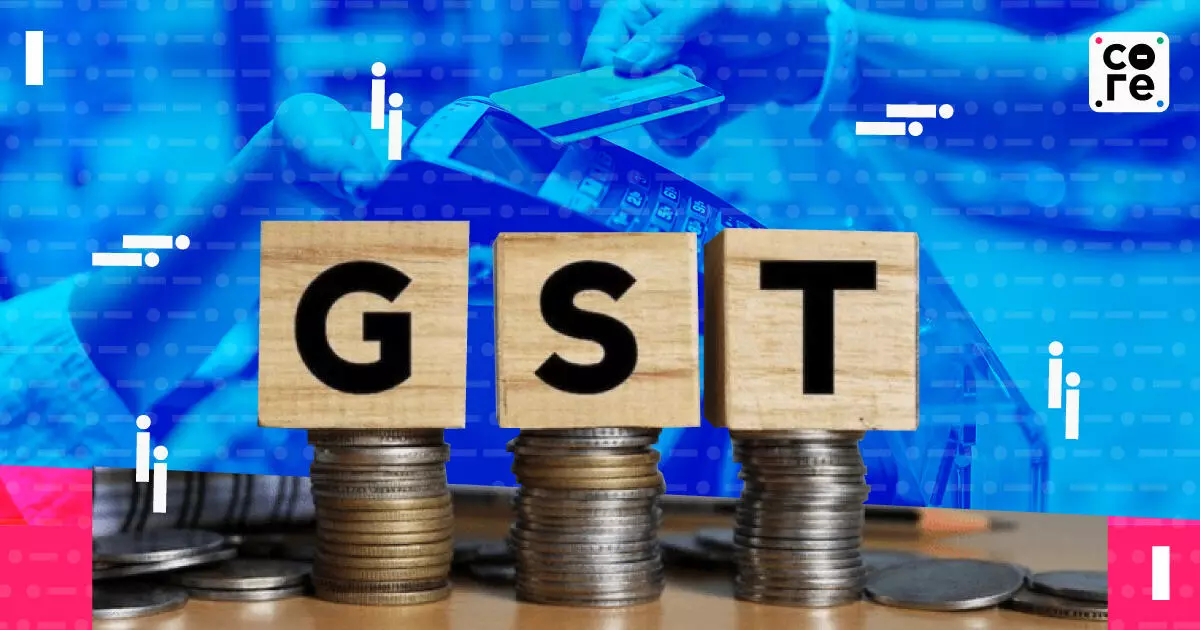
Will Tax Cuts Actually Spur Consumption?
GST cuts will make essentials cheaper, sparking optimism, but India’s consumption boost hinges on whether savings fuel spending or cover survival.

The Gist
A wave of tax cuts on everyday products is expected to stimulate consumption, but economic realities may dampen the anticipated boom.
- Tax cuts on items like cars and air conditioners will take effect soon.
- Consumers' purchasing decisions are influenced by various factors beyond price reductions.
- Many households face stagnant incomes, limiting their ability to increase spending despite lower prices.
A wave of tax cuts on daily-use products and discretionary items like cars, air conditioners, and refrigerators will take effect in a week. The prevailing expectation—including in the stock markets—is that this will trigger a major consumption boom.
But what if it doesn’t?
Certainly, consumers prefer lower prices. However, their willingness to buy more, or upgrade their purchases, depends on a host of other factors that are not being prominently discussed.
The mixed reception to these cuts was summed up by former Finance Minister P. Chidambaram.
In a recent column in The Indian Express, he asked: “If a 5% GST on toothpaste, hair oil, butter, infant napkins, pencils, notebooks, tractors, sprinklers, etc. is good today, why was it bad for the last eight years? Why did people have to pay exorbitant taxes for eight years?”
Of course, we cannot know whether the opposition would have reduced rates had they been in power.
But the core issue isn’t high prices—it’s constrained household incomes.
Stagnating Incomes Across the Country
Before discussing incomes, let’s break down the purchases. High-priced items...
A wave of tax cuts on daily-use products and discretionary items like cars, air conditioners, and refrigerators will take effect in a week. The prevailing expectation—including in the stock markets—is that this will trigger a major consumption boom.
But what if it doesn’t?
Certainly, consumers prefer lower prices. However, their willingness to buy more, or upgrade their purchases, depends on a host of other factors that are not being prominently discussed.
The mixed reception to these cuts was summed up by former Finance Minister P. Chidambaram.
In a recent column in The Indian Express, he asked: “If a 5% GST on toothpaste, hair oil, butter, infant napkins, pencils, notebooks, tractors, sprinklers, etc. is good today, why was it bad for the last eight years? Why did people have to pay exorbitant taxes for eight years?”
Of course, we cannot know whether the opposition would have reduced rates had they been in power.
But the core issue isn’t high prices—it’s constrained household incomes.
Stagnating Incomes Across the Country
Before discussing incomes, let’s break down the purchases. High-priced items are often bought with loans and EMIs. An aspirational purchase like a car may happen regardless of whether the price is X or X minus Rs 1.5 lakh (the rough reduction for cars over Rs 10 lakh).
Equally, it's unlikely that someone will buy more soap or toothpaste just because the price is slightly lower. What may happen is that consumers might trade up to premium brands within these categories.
A WorldPanel by Numerator (formerly Kantar) report surveying over 6,000 households shows that expenditure has climbed steadily over the past three years. Urban spends rose from Rs 52,700 to Rs 73,000, while rural spends increased from Rs 36,000 to Rs 46,000.
Yet, financial stress is evident: 38% of respondents said they are “just about managing,” and 45% admitted they are “struggling,” CNBC-TV18 quoted the report saying.
Former Nestle chief Suresh Narayanan told The Core Report that spending on food, rent, and education—non-discretionary items—has been rising.
“Because of very high rentals and the real estate boom… the rental and education component has been increasing at the cost of other essential or discretionary expenditure,” he said. He remained hopeful that the GST reduction would help households balance their budgets.
A recent Reuters poll said home prices in India are expected to rise faster than previously forecasted, driven by demand from wealthy buyers.
Meanwhile, a shrinking supply of affordable housing is forcing millions into increasingly expensive rentals, the report accompanying the poll said.
A Knight Frank report notes a deficit of about 10 million affordable homes—a gap that could triple in five years.
A Colliers official told Reuters strong macroeconomic numbers have not benefited those at the lower end of the pyramid, whose disposable incomes have stagnated.
As more people are forced to rent, urban rents are forecast to rise 5% to 8% over the next year.
So back to our poser, will the rate cuts spur consumption?
The answer is yes, but the extent is unclear.
Savings: The Real Challenge
Most households are still juggling their budgets to see if lower prices will generate meaningful savings—and if so, whether those savings can be allocated to other pressing expenses.
Consumption for a host of macro reasons should remain steady or strong, but it is unlikely to trigger a boom.
We must also wait for data to clarify the impact of the announcements. Auto dealers report better-than-expected sales, but we will need to wait until the end of October, after the festival season, for a clear picture.
In the meantime, the hope is for more price reductions—including in other essential costs like energy and fuel.
GST cuts will make essentials cheaper, sparking optimism, but India’s consumption boost hinges on whether savings fuel spending or cover survival.

